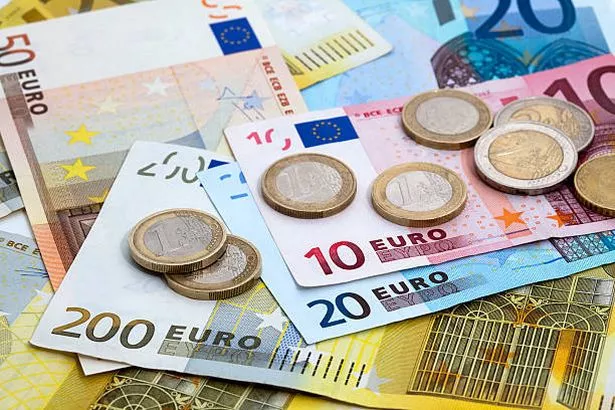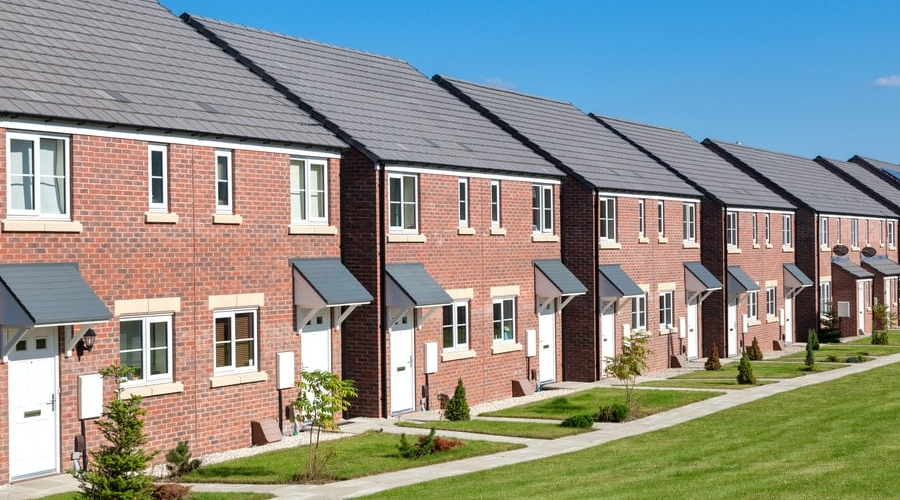Budget 2025: Government to Raise Standard Rate Tax Cut-Off Point by €2,000

The Government is preparing to implement significant changes to the taxation system as Budget 2025 approaches. Among the most anticipated updates is the decision to raise the standard rate tax cut-off point by €2,000, bringing the threshold from its current level of €42,000 to €44,000.
The proposed increase means that individuals will now pay the lower 20% rate of income tax on earnings up to €44,000, compared to the current cap of €42,000.
Any income above this threshold will continue to be taxed at the higher rate of 40%, which is standard in Ireland’s progressive tax system. By raising the cut-off point, the government aims to provide relief to middle-income earners who have faced mounting financial pressure due to inflation and rising living costs.
The upcoming Budget 2025 has been the subject of significant public and political interest as the Irish economy grapples with several challenges. Inflation, driven by rising energy costs, housing shortages, and global economic uncertainty, has placed immense strain on households across the country.
Many citizens have been calling for government action to alleviate the burden, particularly for those in the middle-income bracket who often feel the pinch of rising costs but do not qualify for substantial welfare support.
In response to these concerns, the government has made it clear that Budget 2025 will prioritise measures aimed at protecting workers and families from the economic fallout of recent global events.
The decision to raise the standard rate tax threshold is just one of several anticipated changes, with additional measures expected in areas like housing, healthcare, and social welfare. The goal, according to government sources, is to strike a balance between providing immediate financial relief and ensuring long-term economic stability.
The Decision Process For Budget 2025
The proposed €2,000 increase to the standard rate tax cut-off point was agreed in principle after discussions involving Minister for Finance Jack Chambers, the Minister for Public Expenditure, and the leaders of Ireland’s governing political parties.
These talks, which took place last night, are part of ongoing negotiations that will shape the overall structure of Budget 2025. Further discussions are expected to take place over the coming weekend as the government finalises the details of the budget ahead of its formal announcement in October.
Minister Chambers’ proposal reflects a broader commitment by the government to support working individuals and families. By raising the tax threshold, more of people’s earnings will be subject to the lower 20% tax rate, allowing them to retain more of their income, a move that is expected to bolster disposable income and consumer spending. This, in turn, could have a positive impact on the economy, as increased consumer spending drives growth and boosts local businesses.
Broader Implications of Budget 2025
The increase in the tax threshold is not just about easing the tax burden for individuals; it also forms part of a wider fiscal strategy. Budget 2025 is being crafted to address both immediate economic pressures and longer-term financial sustainability.
With economic uncertainties looming, the government is tasked with making prudent fiscal decisions that will protect both the country’s finances and its citizens.
Additionally, this tax cut comes at a time when the government faces heightened scrutiny over its handling of public funds. Recent investments in infrastructure, health, and housing have increased public expenditure, raising questions about how the state plans to balance its budget.
The government must ensure that tax cuts, such as this one, do not overly strain public finances while still delivering meaningful benefits to the population.
The decision to raise the tax cut-off point also highlights the government’s recognition that middle-income earners are a critical part of the economy.
These individuals are often seen as the “squeezed middle” – earning too much to qualify for welfare benefits but not enough to comfortably absorb rising costs. By increasing the threshold for the standard tax rate, Budget 2025 seeks to address the concerns of these taxpayers, providing them with some breathing room in an economically challenging environment.
What to Expect from Budget 2025?
As the final details of Budget 2025 are worked out, it is clear that taxation will play a central role in the government’s plans. The €2,000 increase to the standard rate tax threshold is expected to be one of many measures aimed at easing financial pressures.
Analysts also predict that there will be additional support for housing, energy costs, and healthcare, as these sectors continue to dominate public discourse.
Further announcements will likely be made in the coming days as discussions between Ireland Government officials continue. What is certain is that Budget 2025 will be closely watched by both citizens and financial experts, as it is set to shape Ireland’s economic landscape for the coming year.
In the meantime, the proposed tax cut is a positive signal for taxpayers, particularly those in the middle-income bracket, offering them some much-needed financial relief as they navigate the ongoing economic challenges.
LATEST NEWS
DISCOVER MORE






